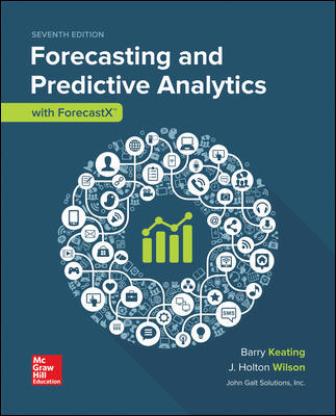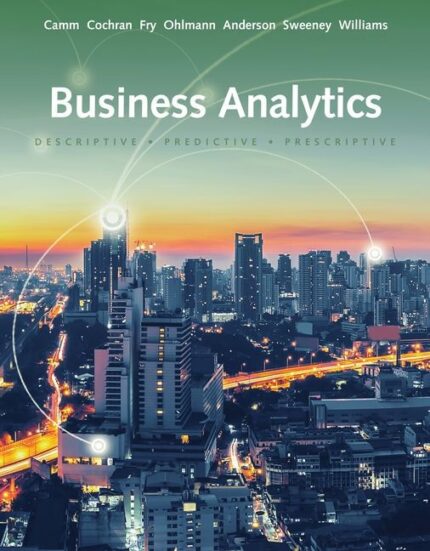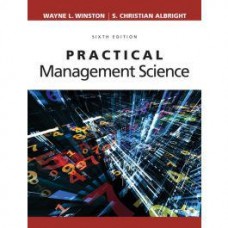Solution Manual for Forecasting and Predictive Analytics 7th Edition by Keating
Solutions to Chapter 1 Exercises
1. Describe the three phases of the evolution of forecasting/prediction.
The earliest phase in the evolution of forecasting was when all forecasts were purely judgmental. Forecasts were based solely on the intuition of managers who had to predict how much would be sold. or how much inventory to order, or how many people to hire (or all of these). Later quantitative methods and forms of numerical analyses started to be used to make predictions. Methods such as moving averages and simple exponential smoothing were followed by more sophisticated time series methods such as Holt’s and Winters’ exponential smoothing.
Linear time trends came into use, at first by an analyst drawing freehand lines through the data that they “believed” best represented the trend in the data. Later basic regression tools were used for such simple time trends. As quantitative methods became more sophisticated, and as computer power enabled their use, quantitative forecasting became dominant and has been shown to outperform qualitative methods most of the time. We are now into the “big data” phase in which we have not only the ability to use numeric data but have immense amounts of non-numeric data that can contribute to the accuracy of predictions.
-
How does the organization of the material in this book relate to the stages of the evolution of prediction?
The text is organized around three major themes: 1) Time-Series Models; 2) Demand Planning Models; and 3) Analytics. The text has an overview of some qualitative methods but the real powerful forecasting methods begin in Chapters 3. and 4 which focus on various time series methods. Chapter 5 delves heavily into causal models using multiple regression that can include variables over which the organization has partial or total control. Chapters 6 and 7 continue the demand planning section. Then in Chapter 8 predictive analytics take center stage. This is the new frontier of prediction and forecasting.
-
Write a paragraph in which you compare what you think are the advantages and disadvantages of subjective forecasting methods. How do you think the use of quantitative methods relates to these advantages and disadvantages?
One advantage of subjective forecasting is that this class of methods does not require quantitative skill on the part of the forecaster or the user. Historically, a related advantage was that sophisticated computer software is not needed for subjective forecasting. In addition, the results of subjective forecasts were widely accepted by management.174



